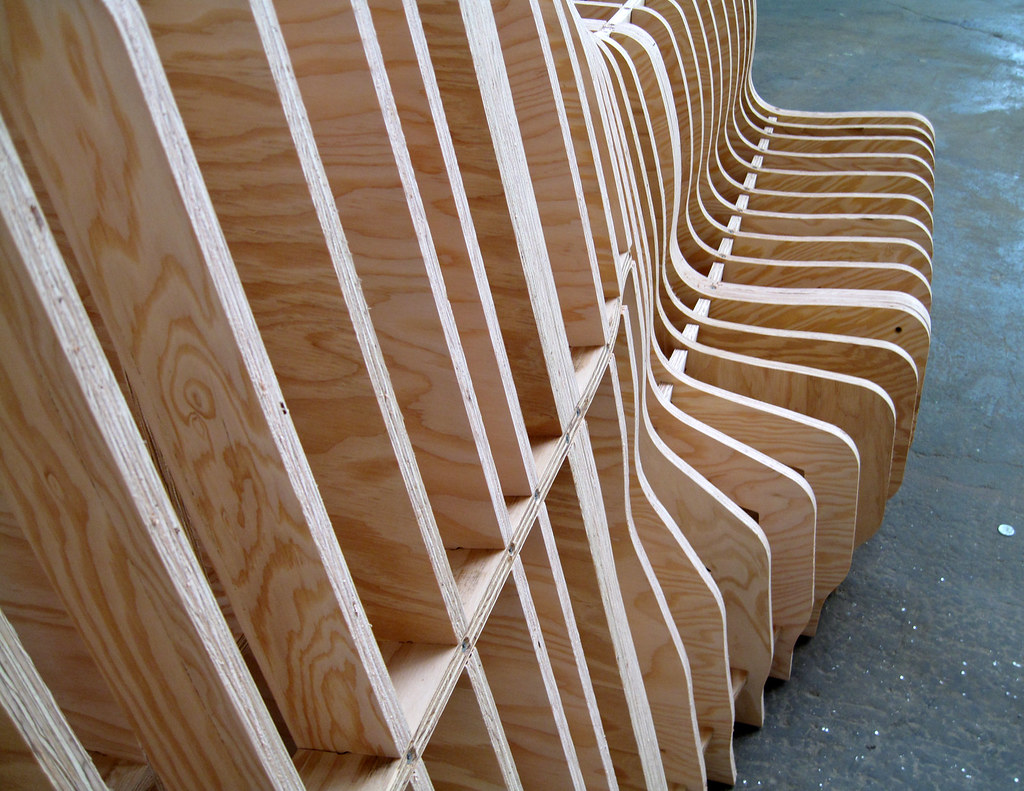As with most things, there are pros and cons to both interior painting and exterior painting. But what are the costs associated with each? And which is the better option for your home? In this article, we’ll explore the price of interior painting and exterior painting, as well as some factors to consider when making your decision.
Interior Painting Cost
The cost of interior painting will depend on many factors, such as the size of your home, the type of paint you choose, and the project’s complexity. On average, homeowners can expect to spend between $200 and $2,000 on interior painting projects. However, it’s important to note that this range is just an estimate, your actual costs may vary depending on your specific circumstances.
To determine the average cost of interior painting, the Home Depot commissioned a survey in which they asked 3,000 painters about rates for various types of projects. Survey results indicate that the average price for interior painting is $2,150. But again, these are just averages; actual costs will vary by project and location. The good news is that there are many things you can do to make sure you get a reasonable quote. Keep reading to learn more about how to estimate paint prices yourself!
How to reduce interior painting cost?
If you want to save money on your interior painting project, there are a few things you can do:
Fix any holes in the wall:
This will help with the adhesion of paint and reduce patching costs.
Remove wallpaper yourself:
If you want to avoid having this done by a professional (and paying for it), get crafty! Most wallpaper is easily removable by heat (with a steamer) or chemicals (with an adhesive remover). You can use painter’s tape around corners and ceilings to protect these areas from overspray. Just make sure that no residue remains behind after removing the wallpaper, otherwise, your paint won’t stick properly and will peel off like stickers.
Prime over glossy surfaces:
If you have any glossy surfaces in your home (like kitchen cabinets), it’s essential to prime them before painting. This will help the paint adhere better and result in a more even finish.
Choose paint with low VOCs:
Volatile organic compounds (VOCs) are chemicals that can cause health problems, so it’s essential to choose paint with low VOCs. Not only will this be better for your health, but it will also mean less smell while the paint is drying.
Buy in bulk:
If you have a large project, consider buying your paint in bulk. This can often save you money on the per-unit price of the color. Just be careful that you won’t have any leftover paint after completing your project.
Consider using a color consultant:
This is an option whether you’re planning to paint independently or hire a professional painting company. A color consultant will help you choose the right colors for your space, which can save you time and money. If you decide to hire a professional, make sure that they are qualified to provide this service, it’s not as simple as picking colors that look nice!
Tips for Interior Painting
If you’re considering painting your home’s interior, there are a few things to keep in mind. First, it’s essential to choose the right type of paint. Not all colors are created equal, some are better for high-traffic areas, while others are more suitable for trim or accent walls. It’s also essential to choose the right color, something that will reflect your style and enhance the look of your home.
Once you’ve chosen the color and type of paint, it’s time to get quotes from painters. As mentioned earlier, it’s essential to get quotes from multiple contractors to get the best price. Be sure to ask each contractor about the specifics of the project, including the type and brand of paint they plan to use, as well as the cost of materials and labor.
It’s also important to be aware of any potential additional costs. For example, some contractors may charge extra for primer or painting ceilings and trim. Others may require a deposit before starting the project. If you’re not comfortable painting yourself, you may also want to consider hiring a professional painter. Pros typically charge between $25 and $50 per hour, depending on your location.
Conclusion
Read more:A Definitive Guide About What Is The Best Way To Clean Windows Without Streaking?
Whether you’re painting your home’s interior on your own or hiring a professional, it’s essential to be aware of the cost. By following these tips, you can ensure that you get the best possible price for a high-quality paint job.
FAQs
This depends on the size of your home, the number of walls that need to be painted, and the type of paint you choose. On average, expect to pay around $1 per square foot. That’s about twice as much as you’d pay to have an exterior painted.
Typically, this will cost anywhere from $0.35 to $1 per square foot. On average, plan on spending between $700 and $900 for an average-size room with one coat of paint and essential trim work.
Expect to pay around $75 per door, not including labor.
In most cases, yes. Priming helps the paint adhere better to the surface, and it’s essential if you’re using a darker color.
Paint with a high gloss finish is usually best for high-traffic areas, as it stands up better to wear and tear. However, it can be more challenging to apply and require an extra coat or two.
Ceilings should be painted with flat or eggshell paint, as these finishes are the easiest to clean. Flat paint is less shiny than eggshells, but it can increase the appearance of cracks in your ceiling.
Yes, this will prevent paint from getting on your trim and walls. You can use either masking tape or painter’s tape for this purpose.

















